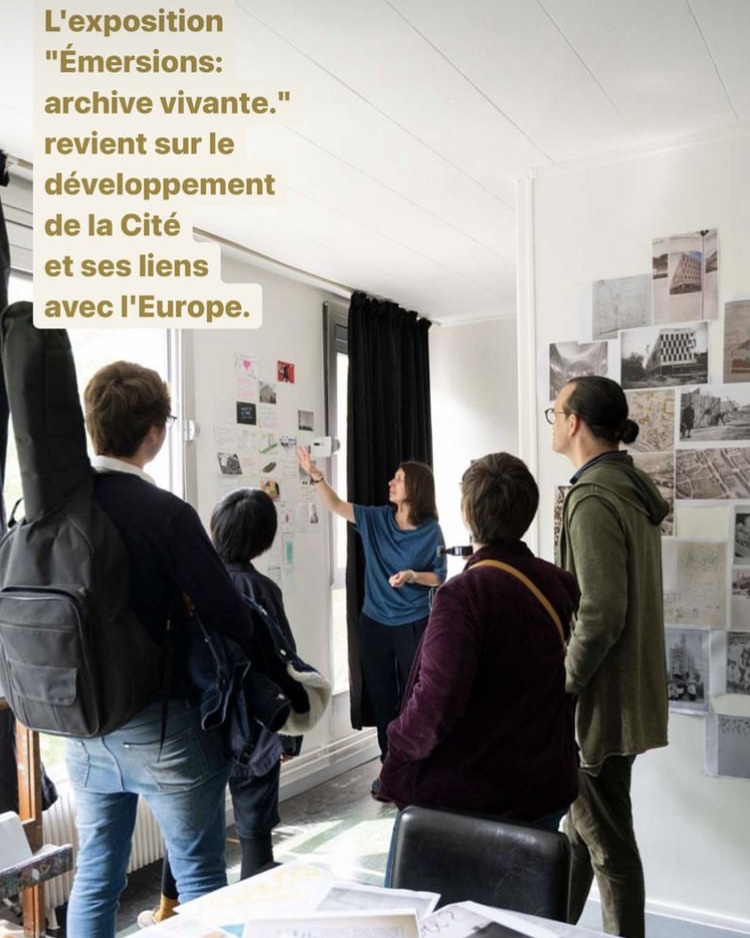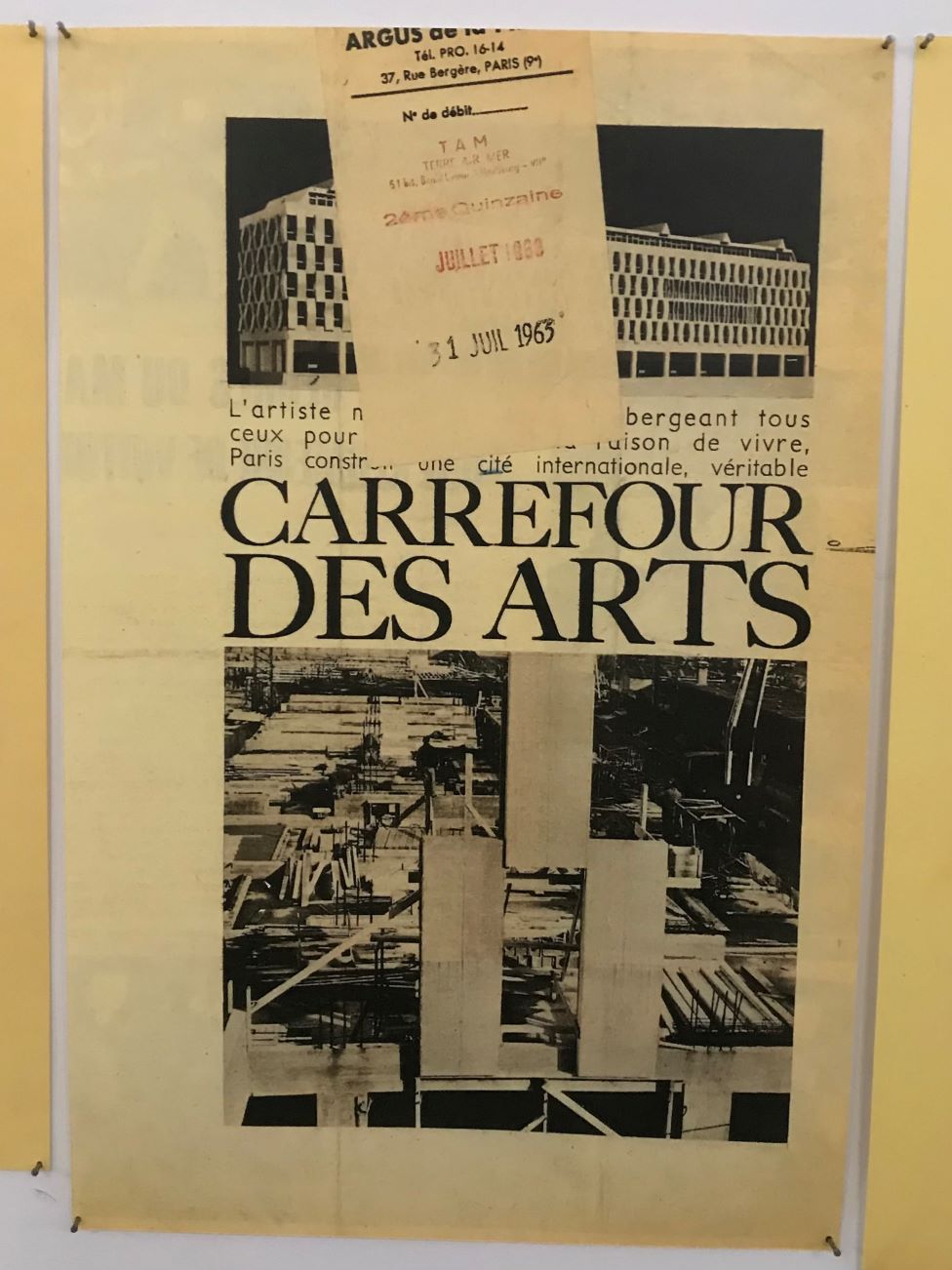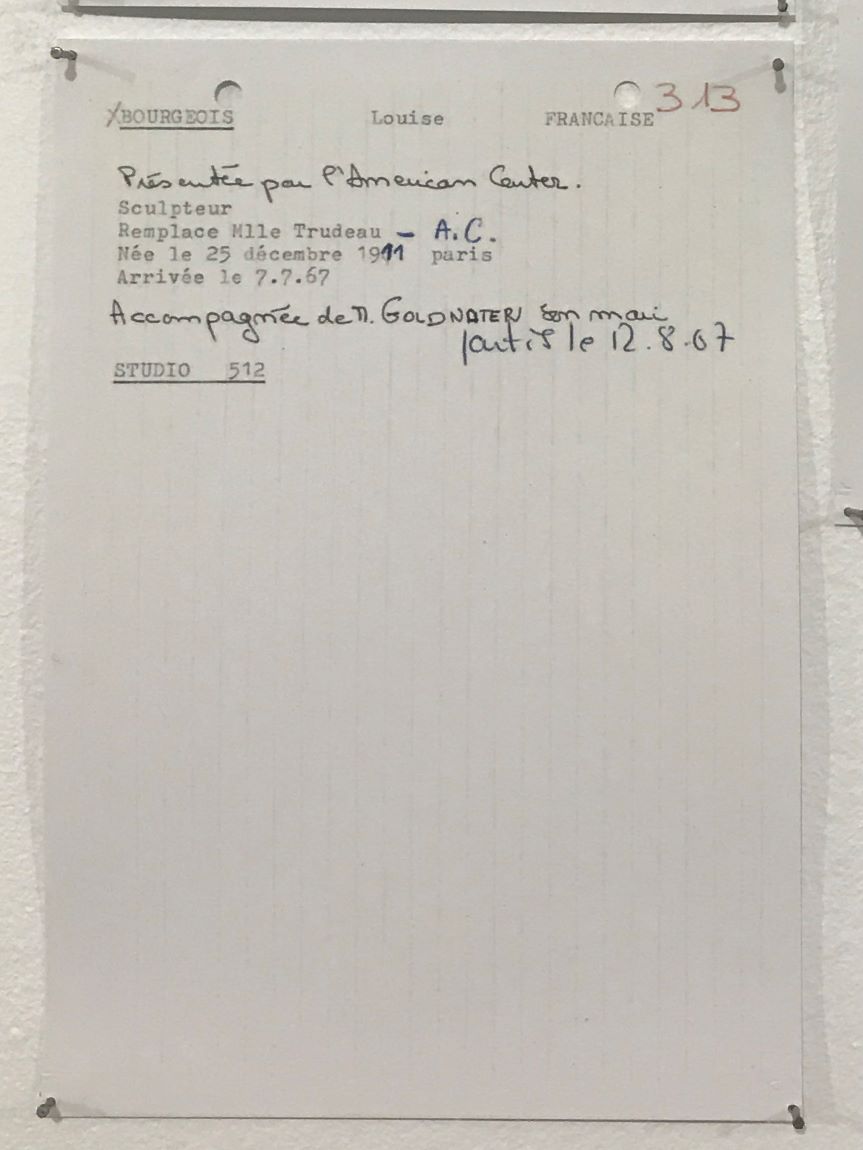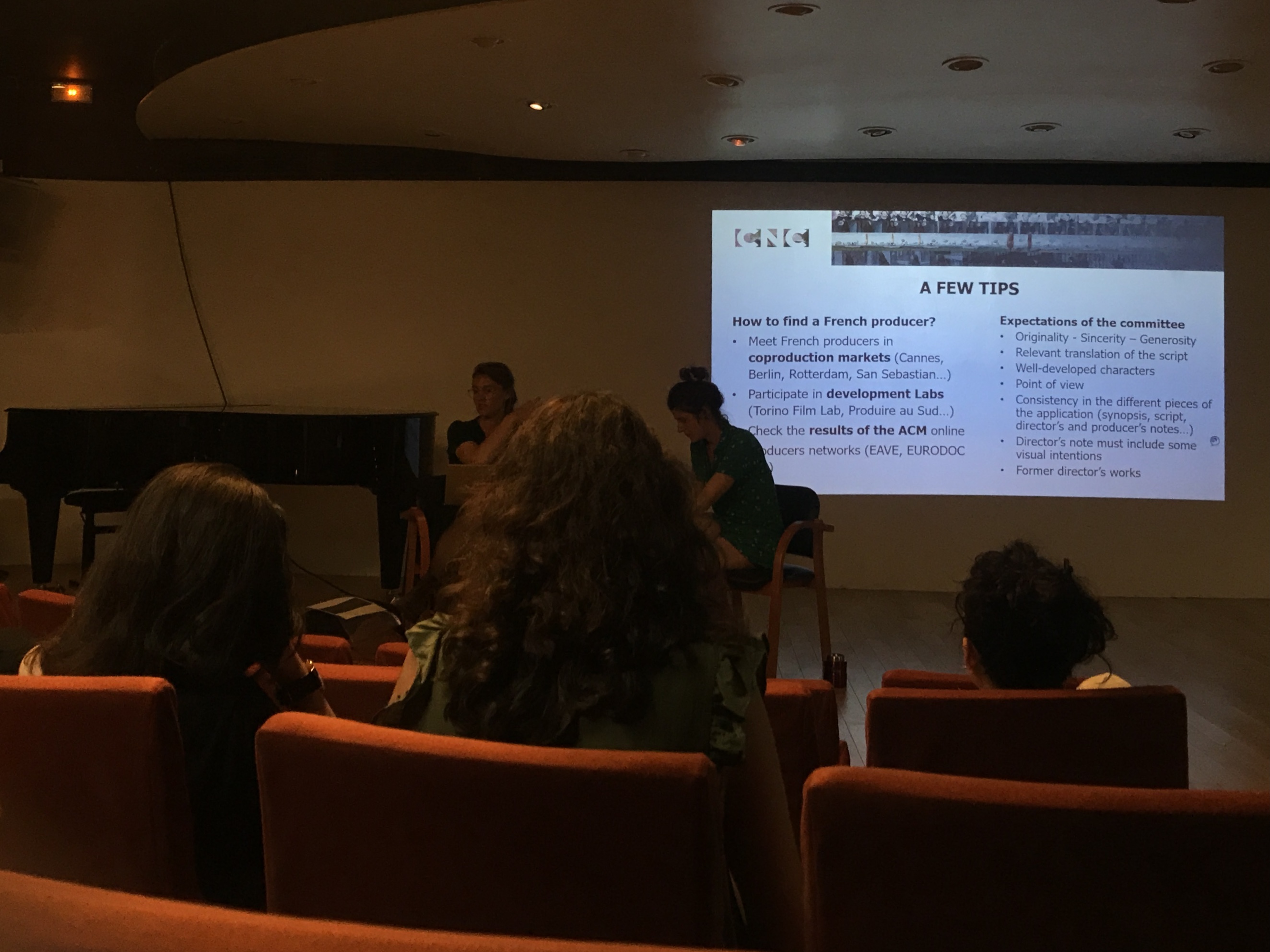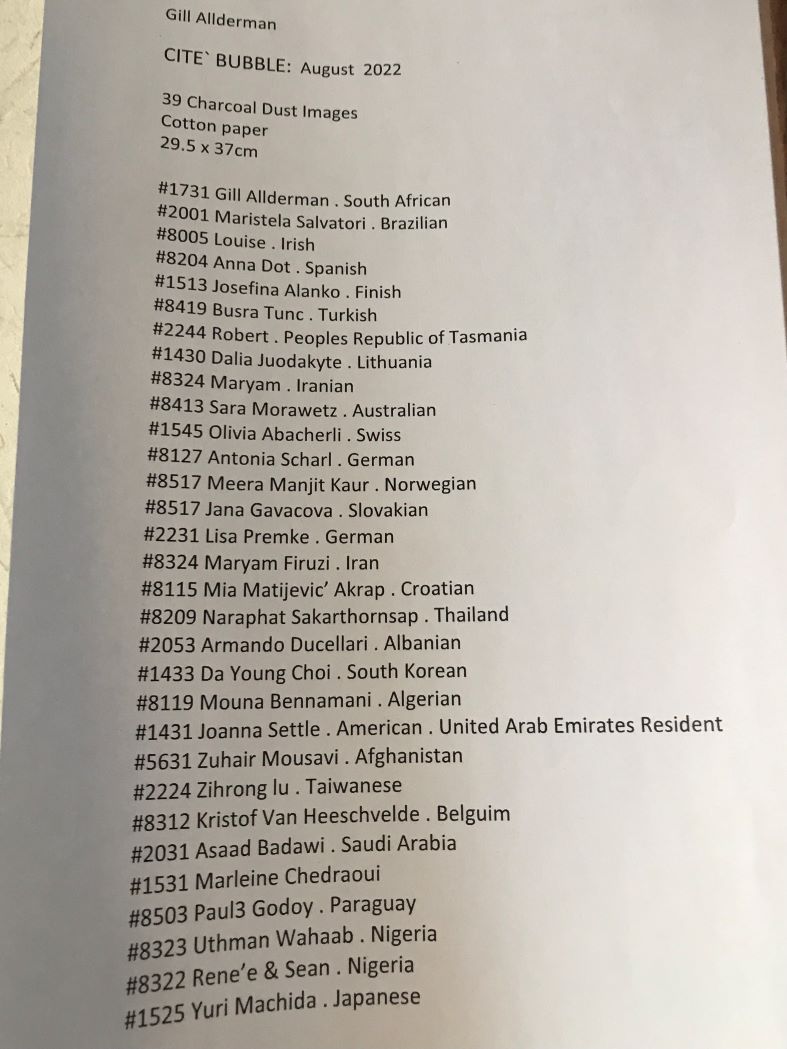Artists
Photo Credit: NIU Chun-Chiang
Lu Ziro
Lu Ziro
| Location | France / Paris |
|---|---|
| Residency | Cité Internationale des Arts |
| Year of the Grant | 2021 |
Creating animations for her is like racing against time, meaning that she must draw a parallel timeline within the limited days she has. The artist loves looped short films, in which stories move forward endlessly without a clear beginning or end. Although, from a viewer’s perspective, everything seems to tread water.
Artist Statement:
1. Cité’s background
Located on the riverbank in central Paris, Cité International des Arts houses nearly 300 studios and collaborates with around 150 cultural and arts institutions around the world. For nearly 60 years, it has offered residency to 13,000 artists. Amid the classically decorated streets and rows of trendy boutique stores, cafes, and bars, this gray-white, minimalist social housing architecture stands out with its unique presence.
2. The residency today
There are no age or medium restrictions for resident artists. Each studio has a nameplate of its partnering organization and country, making Cité a small United Nations. Artists can apply through two methods, either through their partnering organizations or by directly applying to join Cité’s open program.
There are four types of collaboration:
(1) a list of artists provided to the Cité by national cultural institutions, such as Taiwan’s Ministry of Culture or the Canada Council for the Arts;
(2) exchange programs carried out by art schools or regions in France, such as Beaux-Art des Paris, Rennes, and Marseille;
(3) selection by Alliance Française in Congo, Lebanon, and French territories in Africa;
(4) internal curatorial projects at the Cité International des Arts, such as the art decolonization program and the TRAME project in 2019, which focused on Francophone artists. The expenses are covered by partnering organizations or Alliance Française.
3. Reflections and suggestions for future resident artists
All artists aspire to explore France. Although its cultural background is vastly different from Taiwan’s, many people strive for a better life in both France and Taiwan. Ultimately, artistic creation must be rooted in real life, closely connected to the people, events, and things in the surroundings. The residency not only allowed me to observe a different life in a new country. It also helped me learn a little more about my own culture.
I have two suggestions for artists aiming to take their residencies at the Cité International des Arts. First, be open to all sorts of events, where you can exchange ideas with others. The greatest resource in this residential setting is the people. It is truly precious to live alongside nearly 300 cultural professionals in one place, as each country’s culture has something special to learn from. Second, through participation in these events, and as your residency extends, you may discover the uniqueness of your work and gradually refine your creative direction. While keeping to your personal style, be courageous enough to share your perspectives with others and embrace unexpected changes that may arise during the residency.
>> For a complete residency story, click the link for downloads.
https://artres.moc.gov.tw/upload/upload/ff80818191396c010192f62ca58b0126.pdf
Author: Lu Ziro
Edited: Brix

